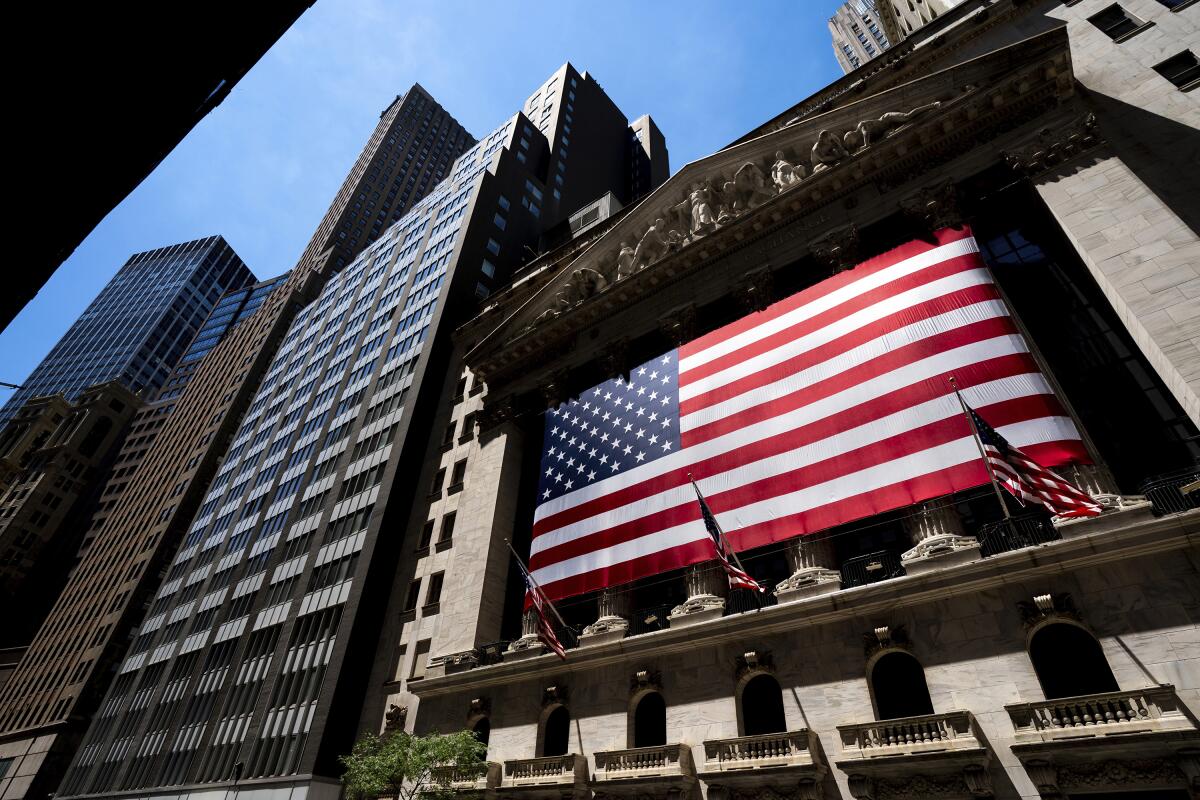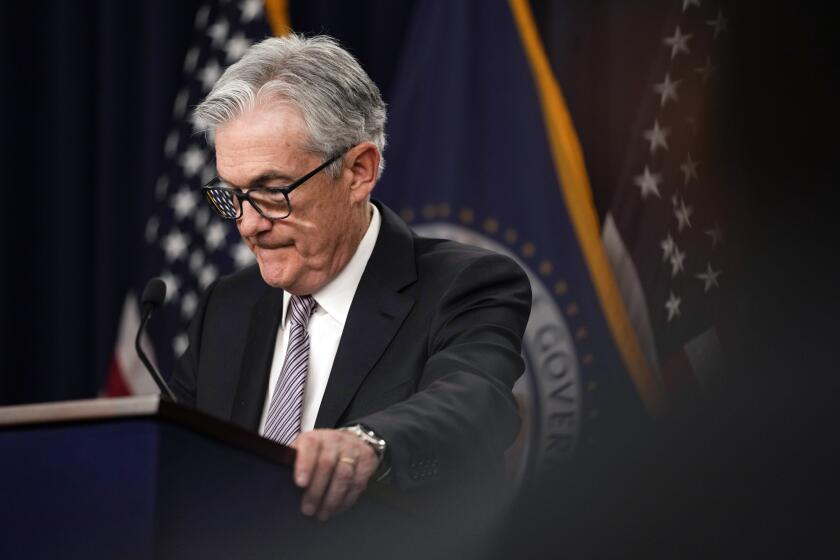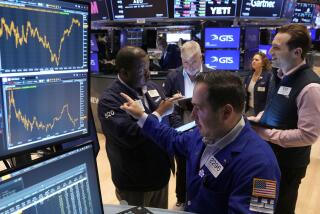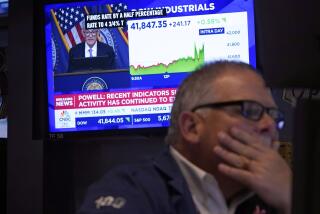Markets slip after latest Fed interest rate hike

Stocks dipped Wednesday after the Federal Reserve announced its latest interest rate increase but said it’s not sure what may come next.
The Standard & Poor’s 500 fell 28.83 points, or 0.7%, to 4,090.75. The Dow Jones industrial average lost 270.29 points, or 0.8%, to close at 33,414.24, while the Nasdaq composite declined 55.17 points, or 0.5%, to 12,025.33.
The Fed’s move to raise its benchmark interest rate by another quarter of a percentage point was widely expected, and it’s supposed to slow the economy further in hopes of getting inflation under control.
The hope across Wall Street is that this is the final increase after the Fed’s fastest flurry in decades. The central bank gave a nod toward the possibility in its statement, saying it “anticipates that some additional policy firming may be appropriate.”
Fed officials raised interest rates again. But they are considering a pause amid banking turmoil.
“That’s a meaningful change,” Fed Chair Jerome H. Powell said.
But the Fed stopped short of declaring the end to rate hikes, which have already caused cracks in the U.S. banking system, sent stock prices well below their record highs and pushed many investors to expect a recession later this year.
Powell also said that even though traders are hoping for cuts to rates later this year, which can act like steroids for markets, he doesn’t expect them to happen that quickly. The Fed’s next meeting is next month.
So instead of sounding like a “hawk,” which is what Wall Street calls policymakers who want higher interest rates, or a “dove” who favors lower interest rates, Powell may have come off as something in between.
“He really seemed to jump from hawkish straight to not dovish, but chicken as far as: They don’t know what’s going to happen,” said Brian Jacobsen, chief economist at Annex Wealth Management. “They want to retain the option to cut, they want to retain the option to hike and they want to retain the option to hold. They want to have everything available to them because they really have no idea how things are going to play out.”
Also potentially putting a downer on the market, Jacobsen said, was Powell’s repeated references to a survey soon to be released, one that will show how much loan officers at banks say they’re tightening lending standards.
The banking system has felt some of the fiercest pressure from all of the Fed’s rate increases, and three of the four largest U.S. bank failures have come in the last two months. The worry is that the industry’s turmoil could push banks to pull back on their lending. That could act like rate hikes on their own, further smothering the economy.
The Fed is in a tricky position, though, because inflation remains well above the Fed’s 2% target, and it’s still hurting households trying to keep up. Lower-income households have been squeezed particularly hard.
Powell said he’s still hopeful the economy can avoid a recession, but he acknowledged that “we always have to balance the risk of not doing enough and not getting inflation under control against maybe the risk of slowing economic activity too much.”
After the collapses of Silicon Valley Bank, Signature Bank and First Republic Bank, investors have continued to hunt for other potential weak links in the banking system. The harshest scrutiny has been on small and midsize banks that could see a sudden exodus of customers.
Shares of PacWest Bancorp, Western Alliance Bancorp and other rivals fell again after the Fed’s decision, a day after seeing trading of their stocks get halted amid steep slides. PacWest sank 2% and Western Alliance fell 4.4%.
On the opposite end was Eli Lilly, which rose 6.7% after reporting encouraging results from a study of a treatment for Alzheimer’s disease. Kraft Heinz rallied 2% after beating analysts’ forecasts for profit and revenue.
The majority of companies have turned in better profits than feared so far. But expectations coming into this reporting season were low given the effects of much higher interest rates and a slowing economy. S&P 500 companies are still probably on the way to reporting a second straight quarter of profit drops.
That’s why much attention has been on what companies say about upcoming trends.
Advanced Micro Devices fell 9.2% despite reporting stronger profit and revenue than expected. It gave a forecast for revenue in the current quarter that fell short of some analysts’ expectations.
Reports on Wednesday offered some potentially encouraging data on the U.S. economy. One suggested the job market may be in better shape than expected. ADP said hiring among private employers accelerated much more last month than forecast. It could raise expectations for the federal government’s more comprehensive report on hiring, which will arrive Friday.
The job market has been one of the strongest pillars supporting the economy recently, though some mixed data recently have suggested it may be softening. On one hand, the Fed sees that as helpful in bringing inflation closer to its goal of 2%. On the other, though, a drop-off would sharply raise the risk of a recession.
In the bond market, the yield on the 10-year Treasury fell to 3.36% from 3.44% late Tuesday. It helps set rates for mortgages and other important loans.
The two-year yield, which moves more on expectations for the Fed, fell to 3.88% from 3.99%.
More to Read
Inside the business of entertainment
The Wide Shot brings you news, analysis and insights on everything from streaming wars to production — and what it all means for the future.
You may occasionally receive promotional content from the Los Angeles Times.











